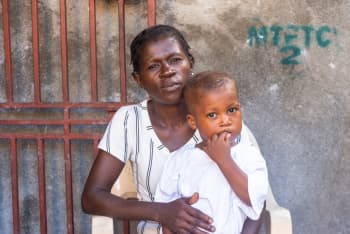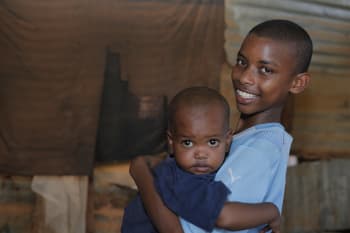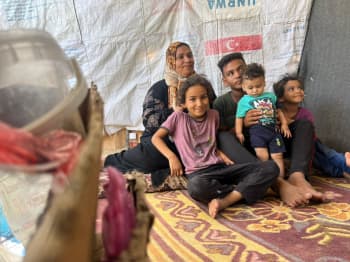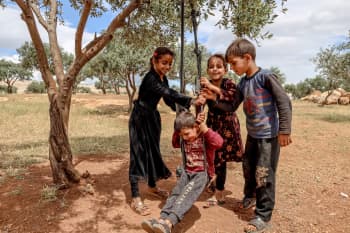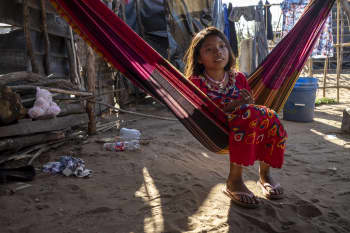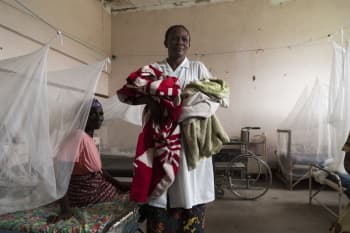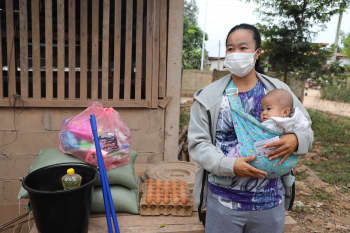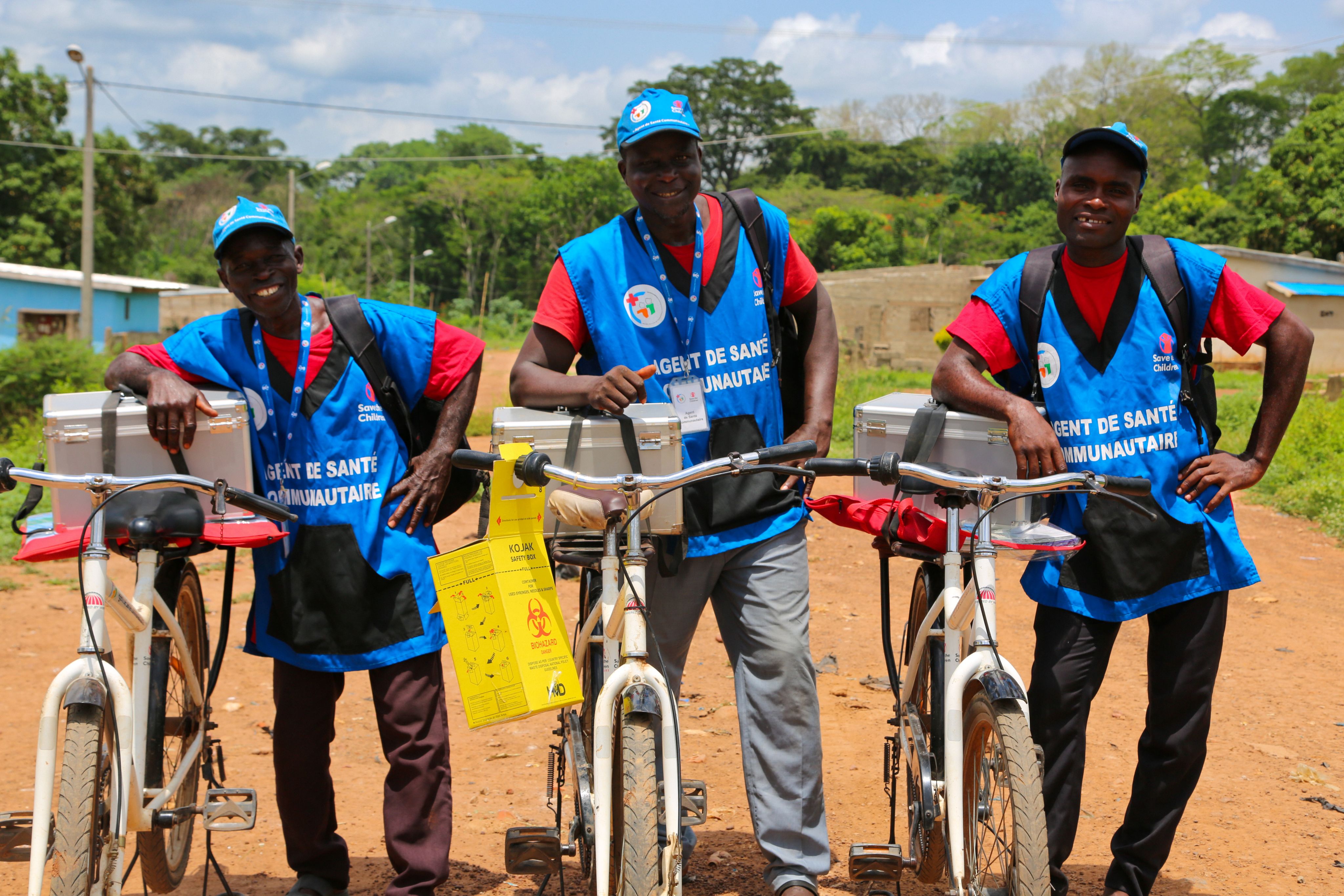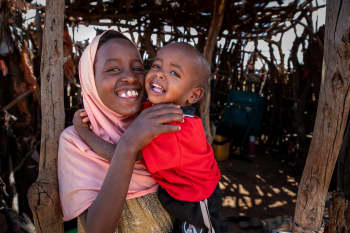SAVE THE CHILDREN'S EMERGENCY FUND
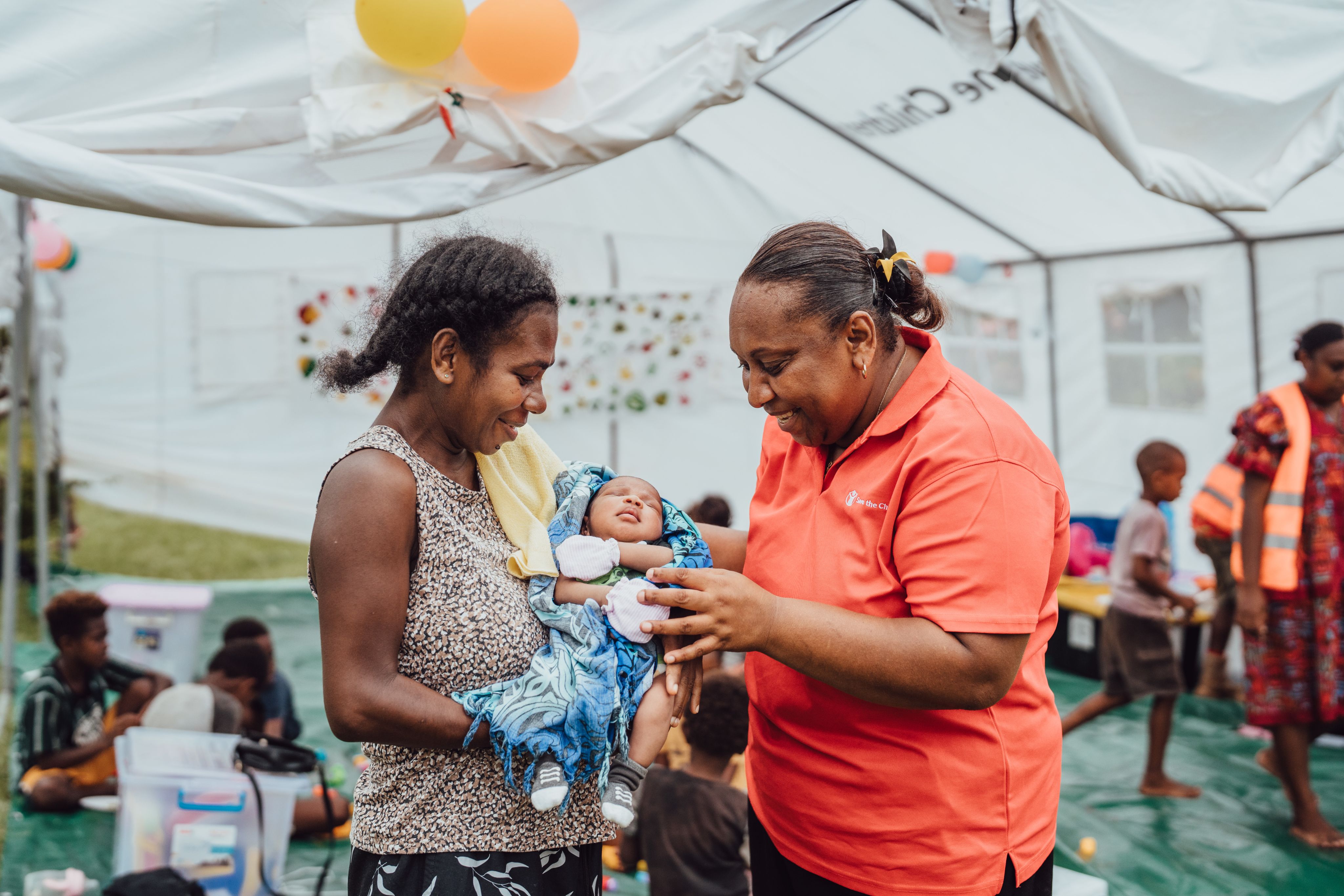
Together we helped more than 23.8 million people including almost 12.8 million children through the Emergency Fund in 2024.
In 2024, children around the world were faced with longer-lasting conflicts, deadly disease outbreaks and more extreme weather events, including heatwaves, wildfires, drought, typhoons and flooding.
Thanks to the Emergency Fund, we were able to start helping families quickly after a disaster - keeping children safe, healthy and learning - and stay to help them rebuild and recover.
A message from Save the Children UK’s Head of Humanitarian Response, Sara Allan:
"The Emergency Fund has never been more critical. The scale and complexity of crises mean that our humanitarian responses have to be agile and adaptable. Flexible funding not only enables us to quickly and effectively respond to where it is needed most it also provides long-term stability in how we manage and implement programmes."
THANK YOU FOR SUPPORTING THE EMERGENCY FUND AND HELPING CHILDREN IN CRISIS AROUND THE WORLD
Scroll on to learn more about our impact together in 2024...
£56.9 million
allocated from the Emergency Fund to respond to crises in
71 countries
more countries than ever before
29%
of funding decisions in less than 2 days
16%
of funds to 106 local partners in 33 countries, a total of £9.1 million
16%
of funds to 47 countries for anticipatory action and preparedness activities, a total of £5.3 million
2024 At A Glance
January
In Mongolia when temperatures dropped to dangerous lows brought on by the Dzud, our country team quickly jumped into action with the help from the Emergency Fund, supporting families and children during the heavy snow and extreme cold.
Thanks to £59,000 from the Emergency Fund, our teams were able to provide emergency cash transfers and animal food to more than 360 families, helping more than 600 children.
February
Multiple crises in Haiti, including civil unrest and widespread hunger, mean around half of the population need urgent support.
The Emergency Fund helped us deliver health and protection services for the most vulnerable people in Haiti facing increased instability and displacement, providing £388k.
March
The Emergency Fund enables us to foster partner-led responses in humanitarian crises, including in Ukraine where we’re providing financial support to 15 local and national partners.
With £3.4 million from the Emergency Fund, we supported several partner-led initiatives, including rehabilitating schools, providing online catch-up programs and offering livelihood and agriculture grants.
April
More than 500,000 people across Garissa County in Kenya were affected by widespread flooding between March-May.
Thanks to £194k from the Emergency Fund, our teams responded quickly in collaboration with the Kenyan government to provide cash assistance, essential items and provide mental health and psychosocial support.
While the floods in Kenya didn’t attract mass media attention, the Emergency Fund was there to help.
May
In 2024, the Emergency Fund was a crucial lifeline for the children in urgent needs in Gaza, providing £4.4 million in May.
The Fund allowed our teams to procure emergency supplies, provide essential health services and bridge critical gaps in funding, ensuring we could deliver aid where it is needed most.
June
The Emergency Fund helped our teams in Lebanon by pre-positioning essential supplies we knew displaced families would need, providing £195k to prepare for conflict escalation.
Thanks to the Fund, our team delivered essential support to displaced children and families within hours of violence and strikes on neighbourhoods across the country
July
We're committed to reducing the impact of predictable crises on children and communities through anticipatory action and emergency preparedness.
When Venezuela faced political instability during national elections the Emergency Fund was there to step in with £55k to provide support to children and families.
August
In August, the Mpox outbreak in the DRC and neighbouring countries was declared a public health emergency of international concern.
The Emergency Fund provided £780k to support efforts across ten countries with preparedness and response activities to control the spread of the disease.
In the DRC, we provided training to community health workers and prepositioned personal protective equipment and other medical supplies to support the country’s healthcare system
September
Several provinces in Laos were devastated by typhoon Yagi, which hit in early September.
With £62k from the Emergency Fund, we provided essential food, non-food and hygiene supplies to 676 families.
October
Violence in Sudan has driven thousands of families from their homes, leaving 20.3 million people in need of health services.
Thanks to £775k from the Emergency Fund, our health programs in Sudan are a lifeline for thousands, providing essential medical services to families affected by this conflict.
November
An increase in violent killings, attacks and kidnappings by non-state armed groups in the north of Nigeria significantly affected and continues to affect food production by disrupting local markets and forcing farmers to flee their farms.
With £230k from the Emergency Fund, we were able to respond to the deteriorating food insecurity by providing food and vital supplies to families.
December
Cyclone Chido, which made landfall in Mozambique in December, brought heavy rains and winds to a region already struggling with conflict, displacement and the effects of El Niño.
The Emergency Fund provided £435k and enabled our team to invest in prepositioning health and hygiene supplies.
As a result, our team mobilised immediately following the onset of the disaster, ensuring we met the health needs of impacted communities.

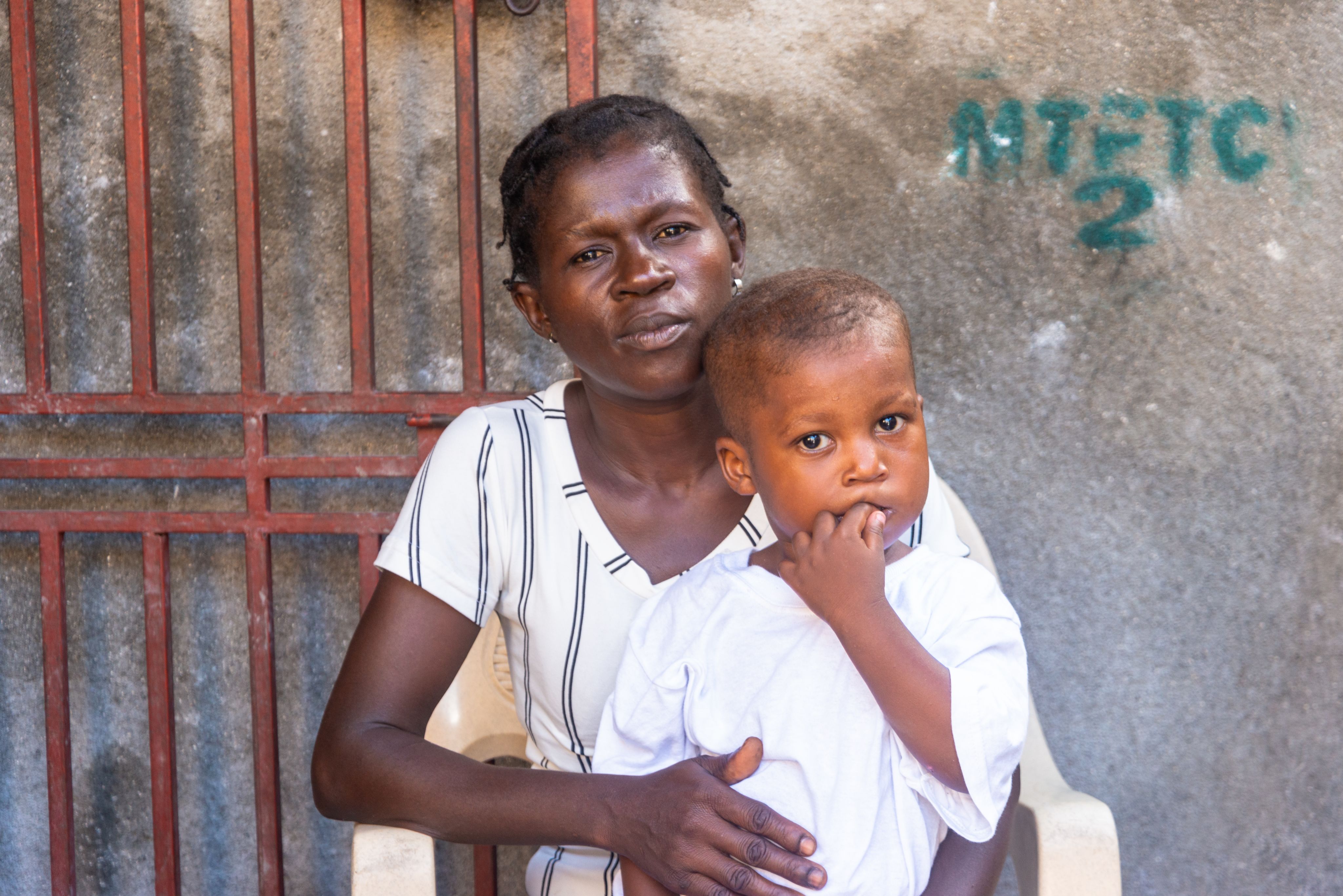

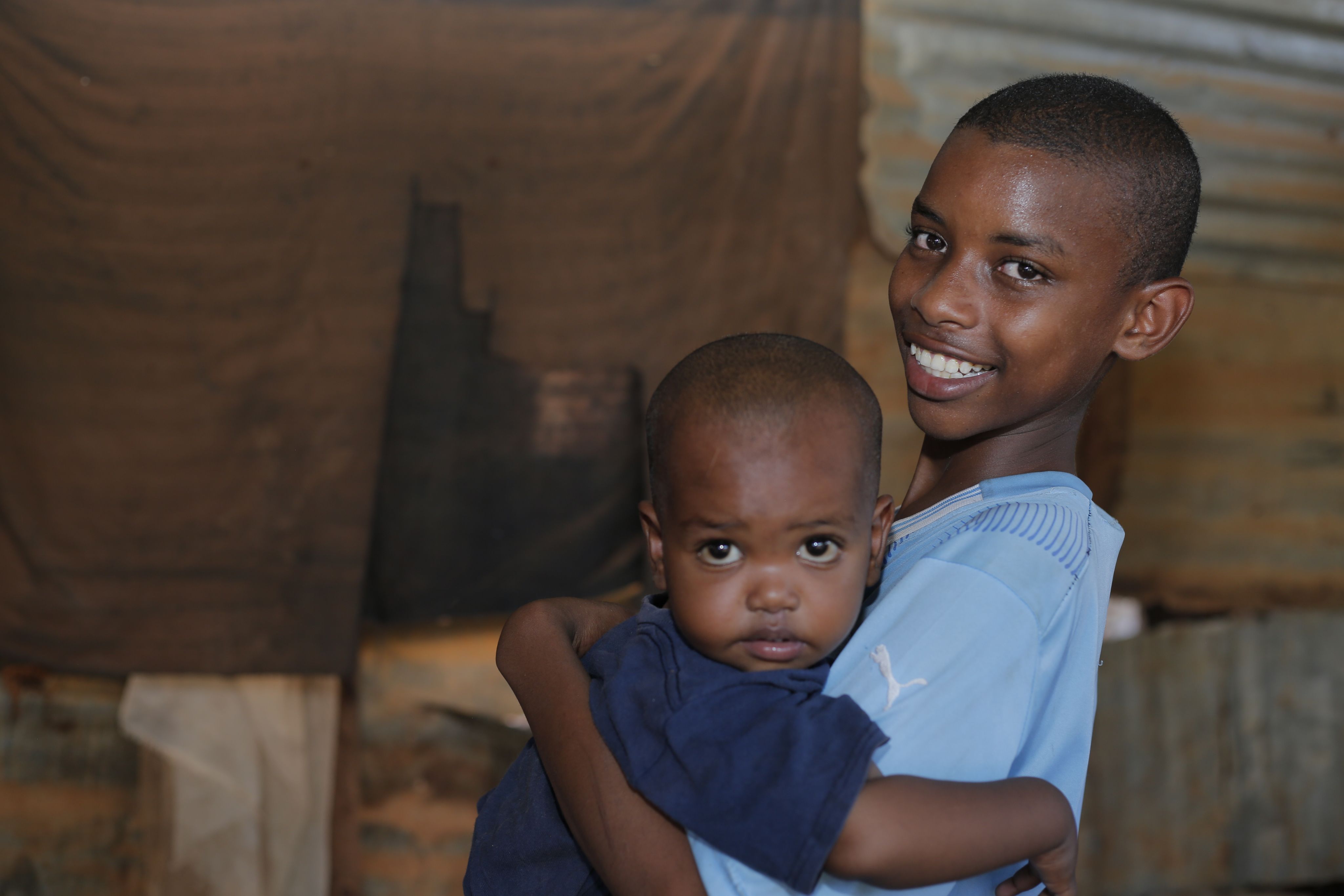
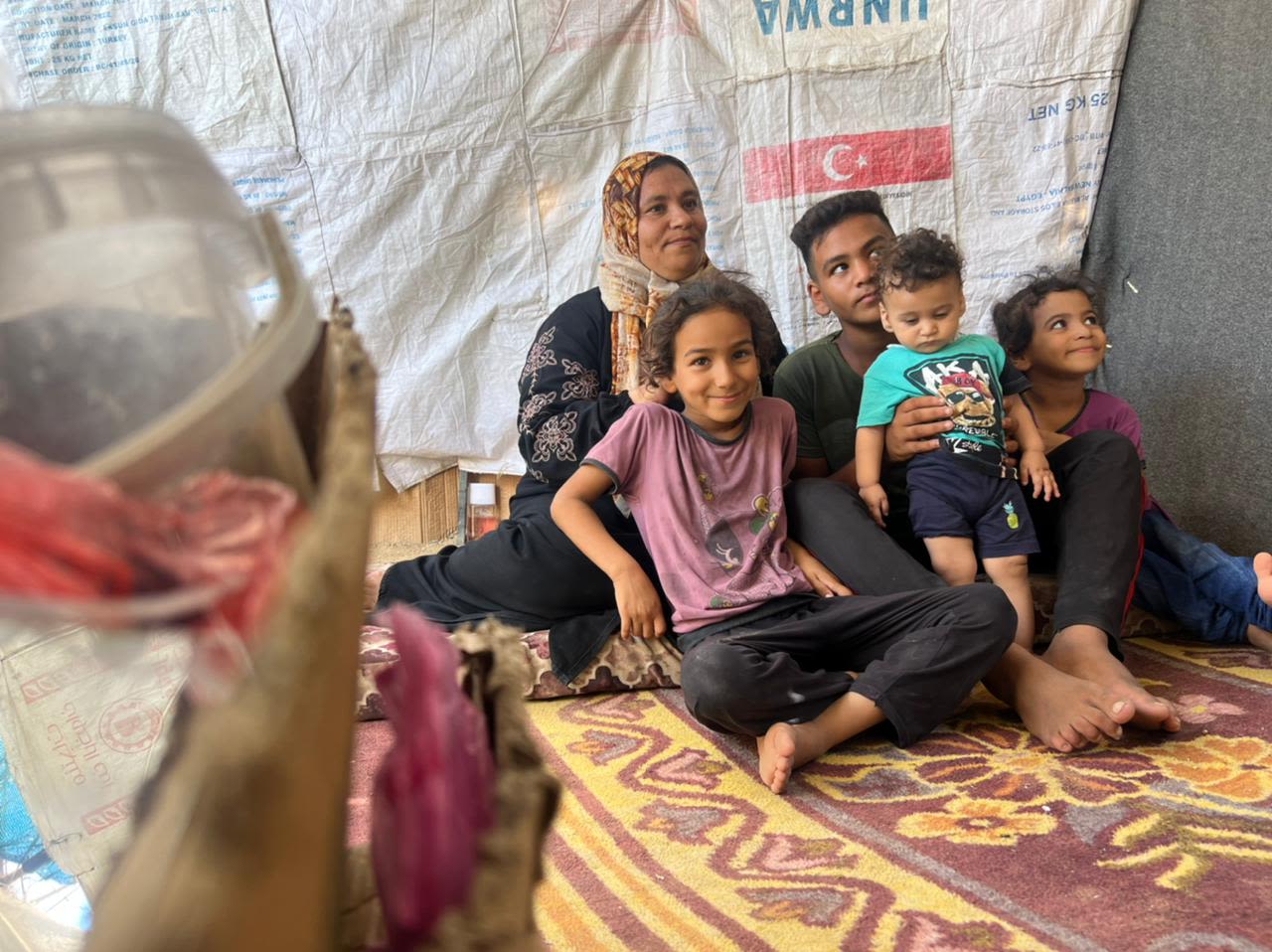
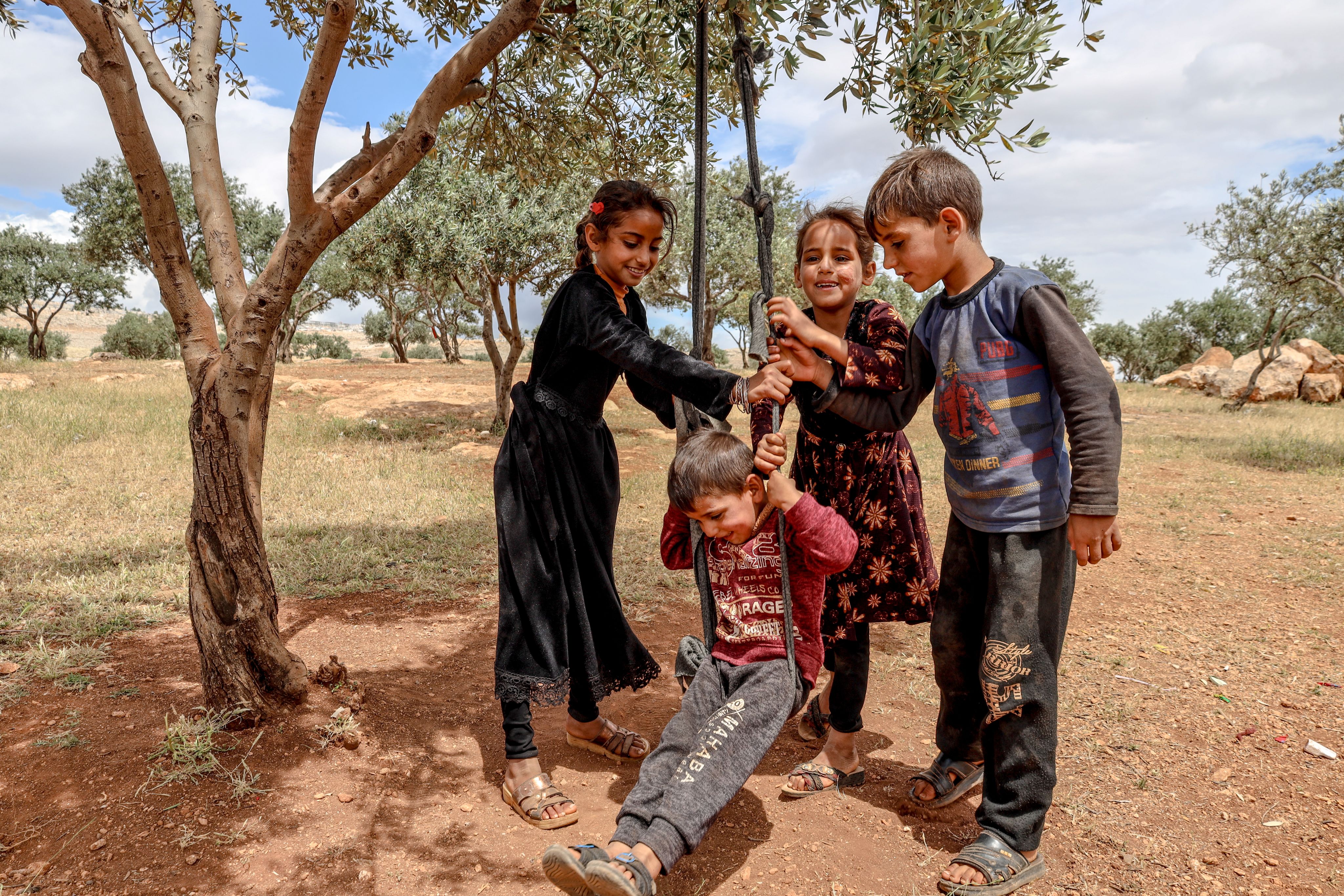
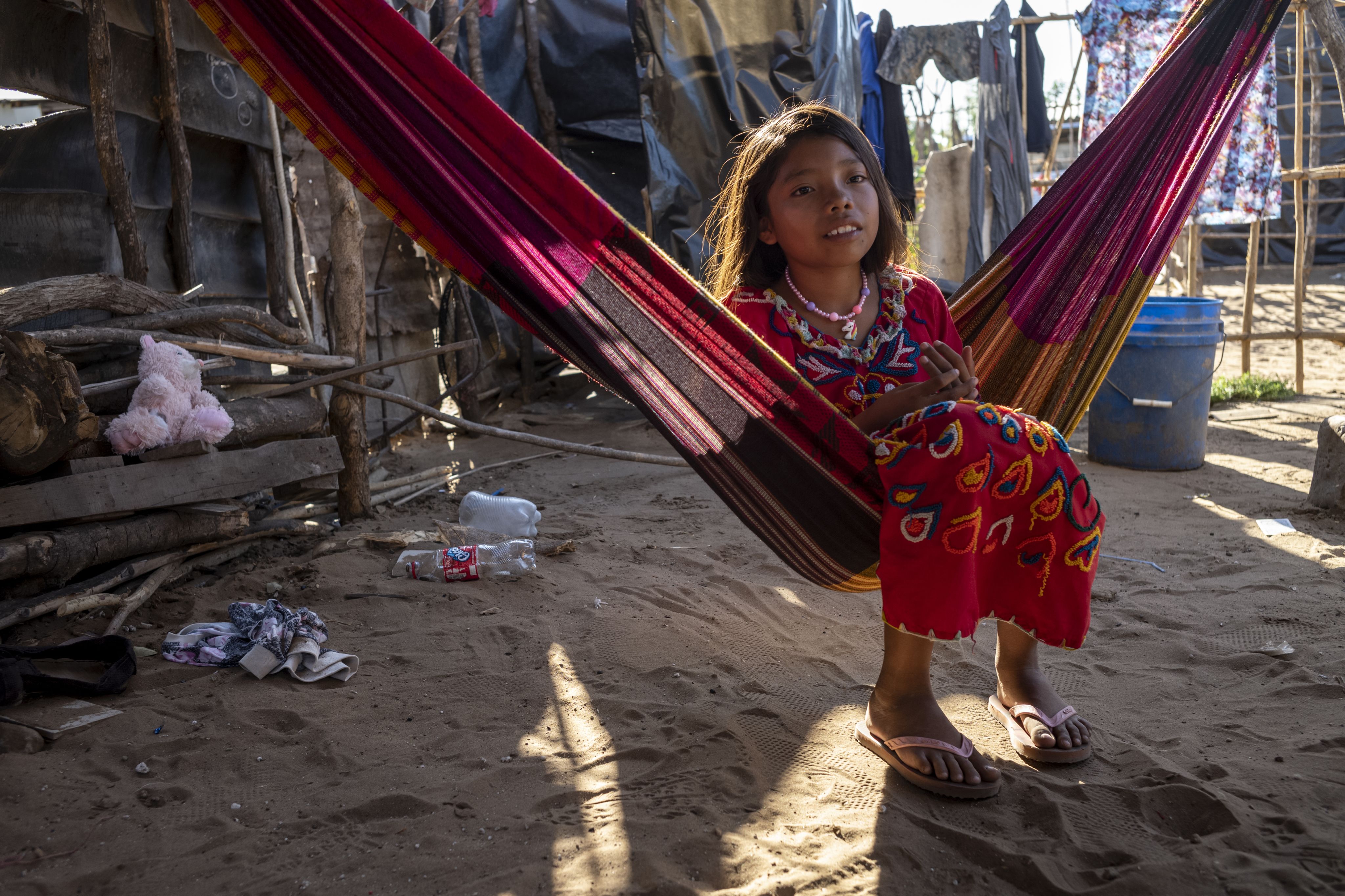
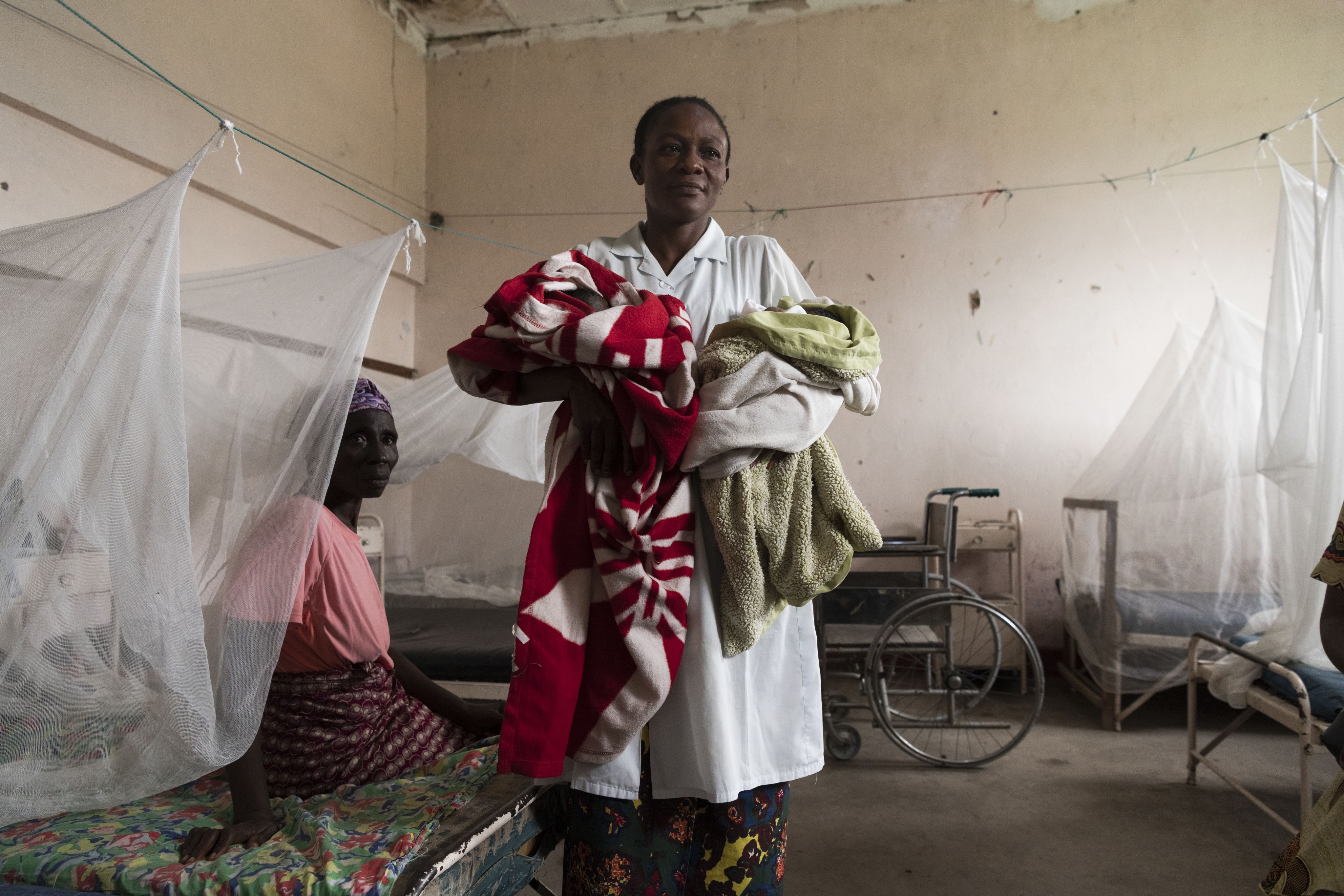
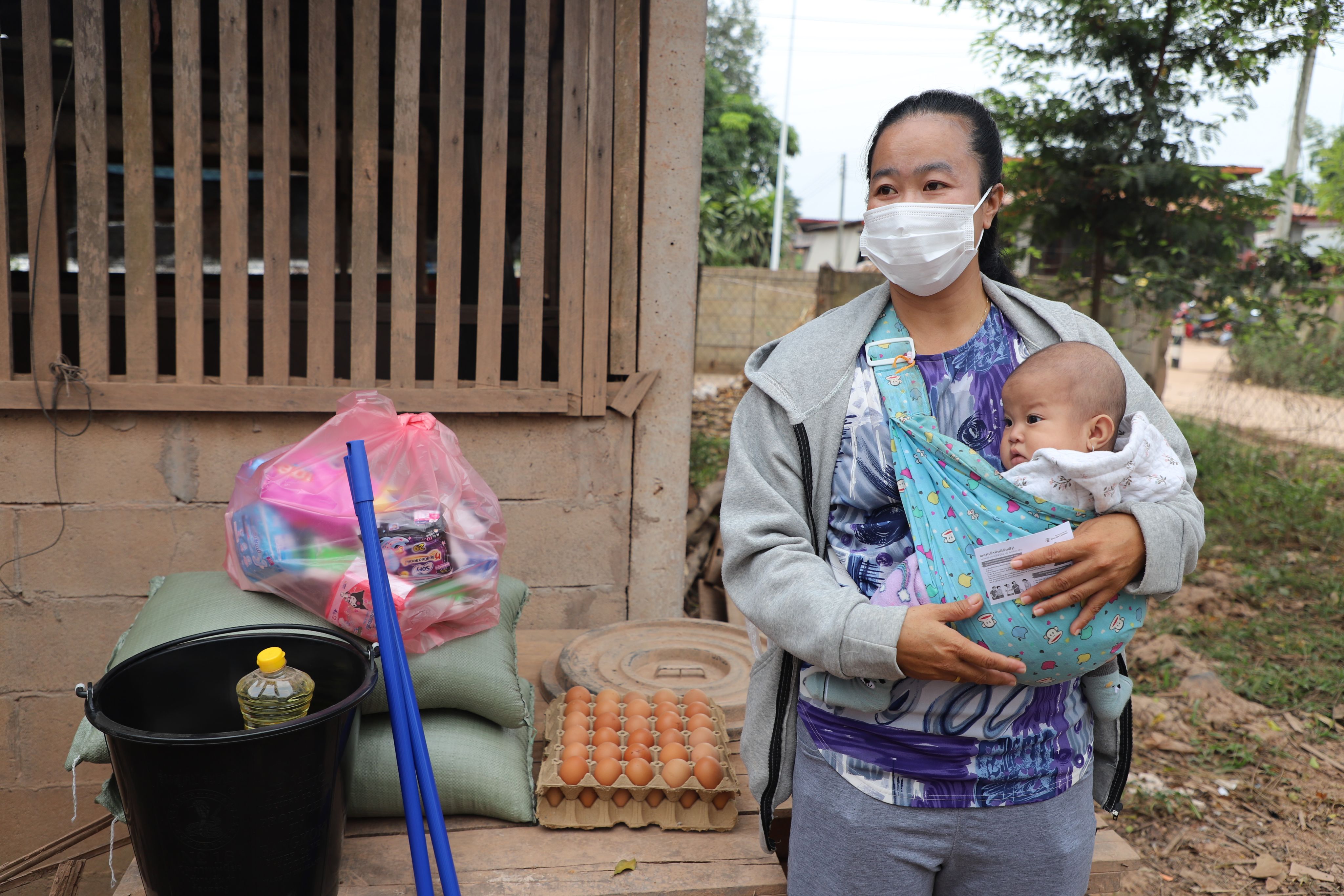
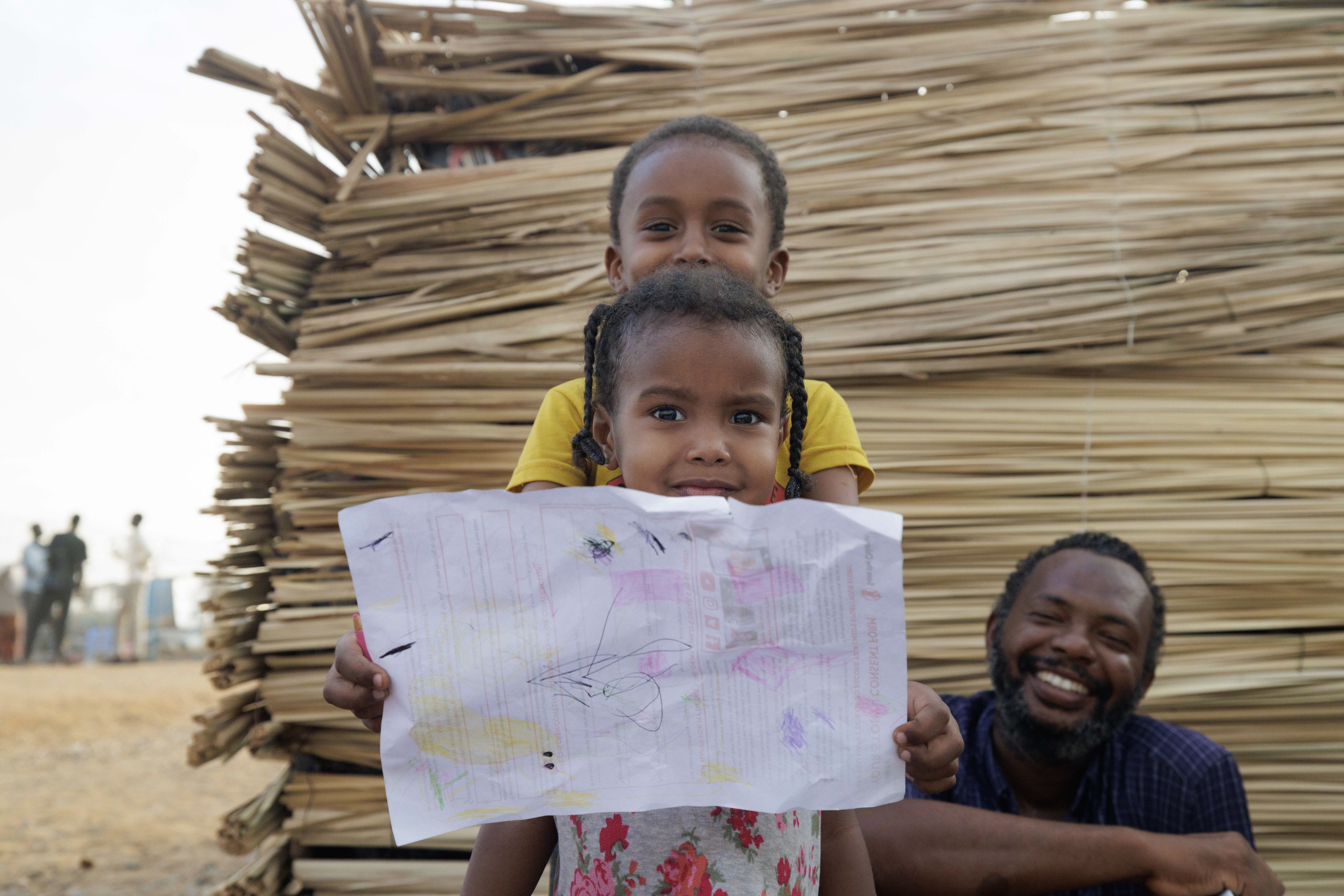
Anticipatory Action
The Emergency Fund aims to provide at least 13% of all funds annually to anticipatory action and emergency preparedness.
In 2024, the Fund allocated £5.3 million (16% of funds) to anticipatory action (AA) and preparedness in 47 countries, enabling our teams and partners to stock up on essential supplies, raise awareness within communities ahead of
predicted crises, strengthen early warning systems, and trigger early action protocols to act ahead of floods, heatwaves and other emergencies.
77p spent in advance saves £3.10 in response
Community Health Workers: Michel Akoto (61), François Kouadio (46), and Fabrice Kouadio (31). Credits: Eve Matheson/ Save the Children.
Community Health Workers: Michel Akoto (61), François Kouadio (46), and Fabrice Kouadio (31). Credits: Eve Matheson/ Save the Children.
In 2025, we plan to help more than 20 million people, including 12 million children, through our humanitarian work around the globe. Our funding ambition is £662 million to achieve this goal.
With huge challenges to the global humanitarian financing landscape, including funding cuts and shifting priorities to aid, the need for flexible humanitarian funding has never been greater. This has been exacerbated by the US government’s decision in January 2025 to pause all foreign aid funding and eliminate over 80% of all aid contracts alongside the UK’s reduction in overseas aid. With all of this in mind, your support for the Emergency Fund will be critical for children in crisis in 2025 and beyond
The Emergency Fund will continue helping children in crisis around the world, support local partners organisations, and promote anticipatory action and preparedness to help communities build resilience for future disasters.
Our Fund is at work around the clock, all around the world.
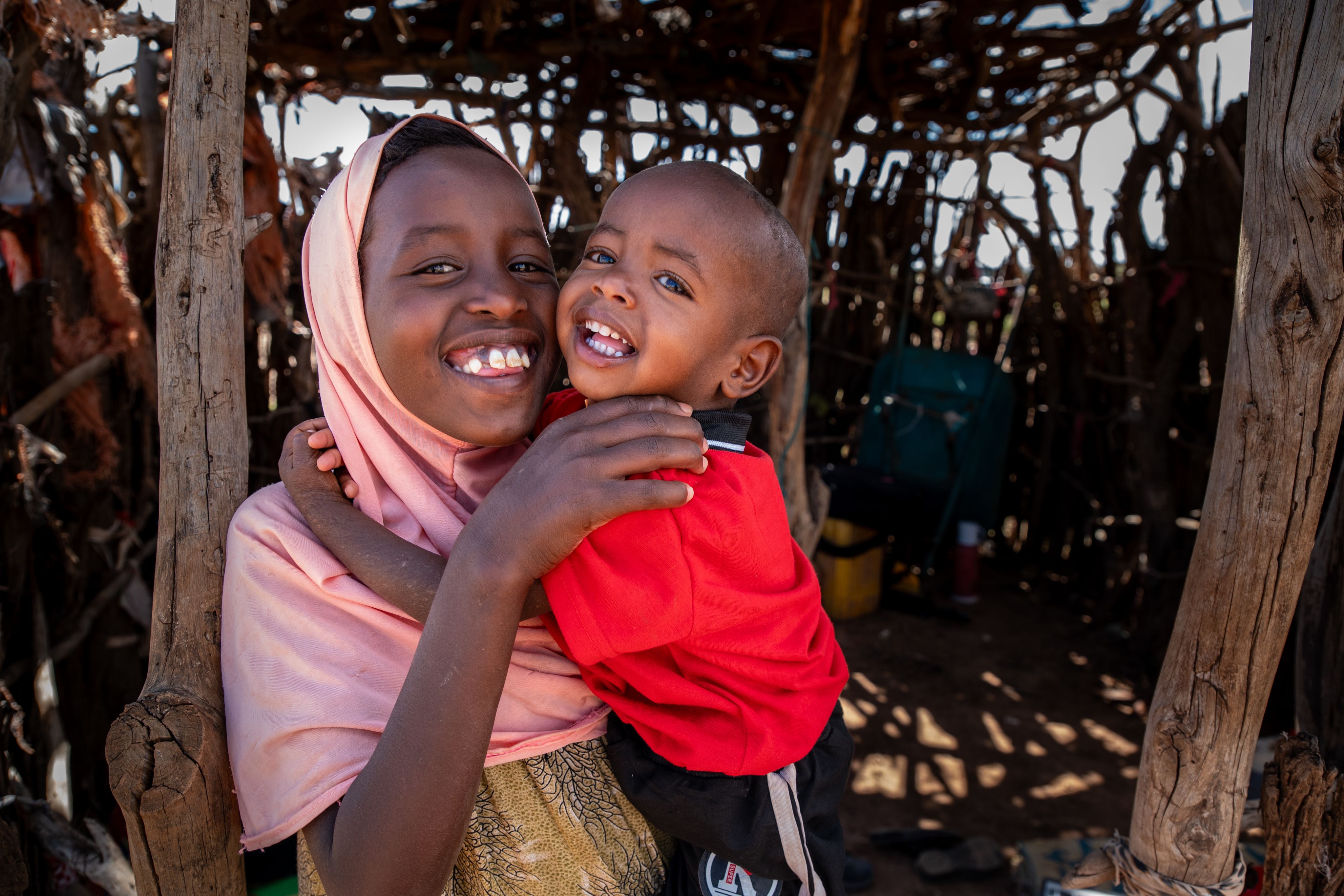
THANK YOU FOR SUPPORTING CHILDREN IN CRISIS
To find out more about the Emergency Fund and our work in 2024, you can read the full report here.
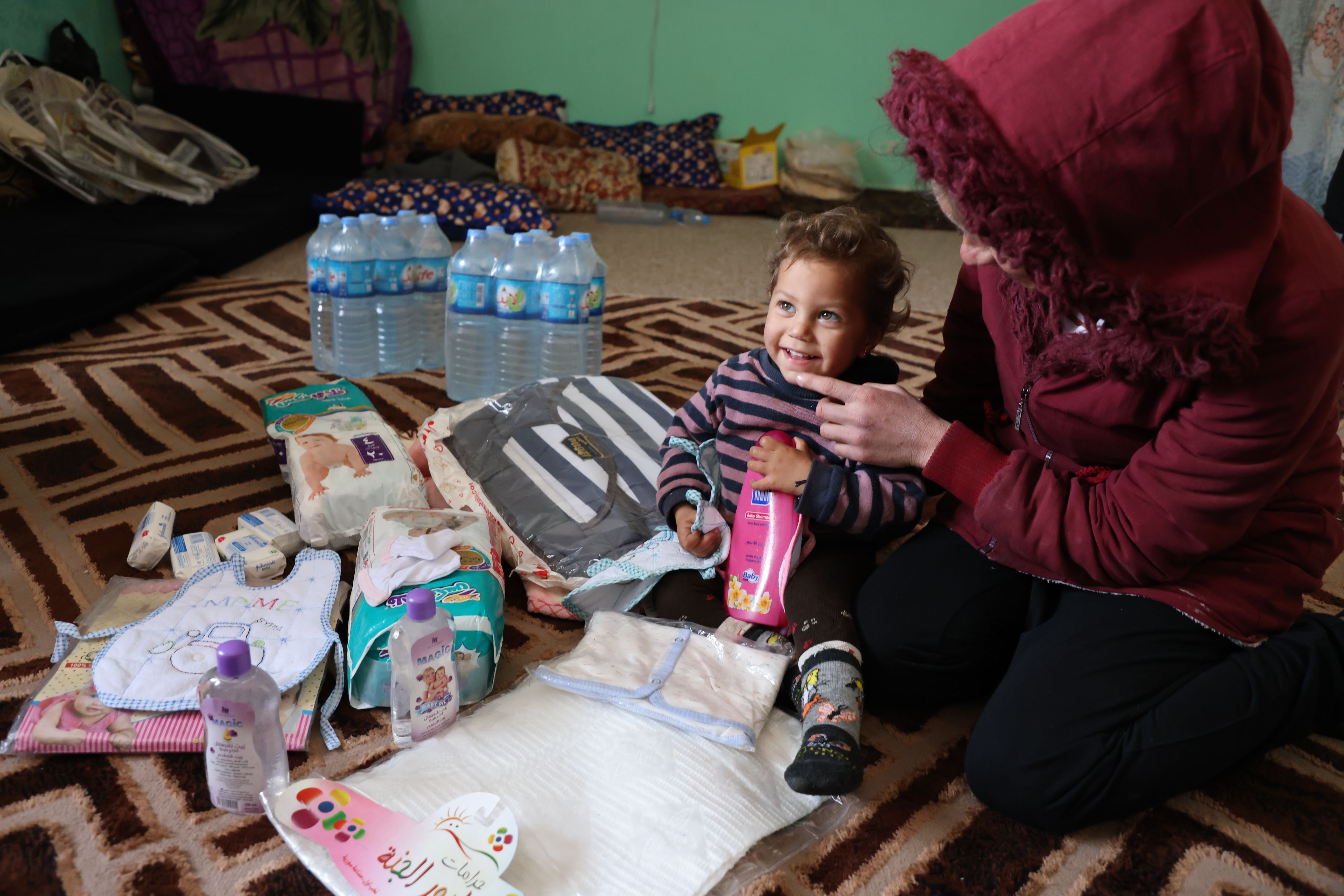
*Names changed to keep children safe.
Photo credits: Save the Children
All monetary values converted from USD to GBP in March 2025.

